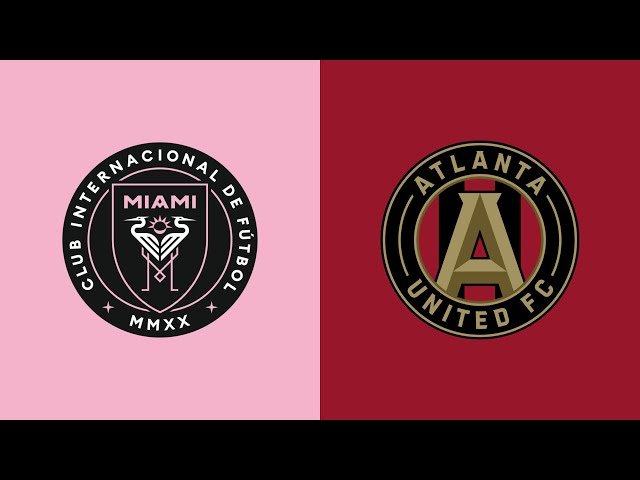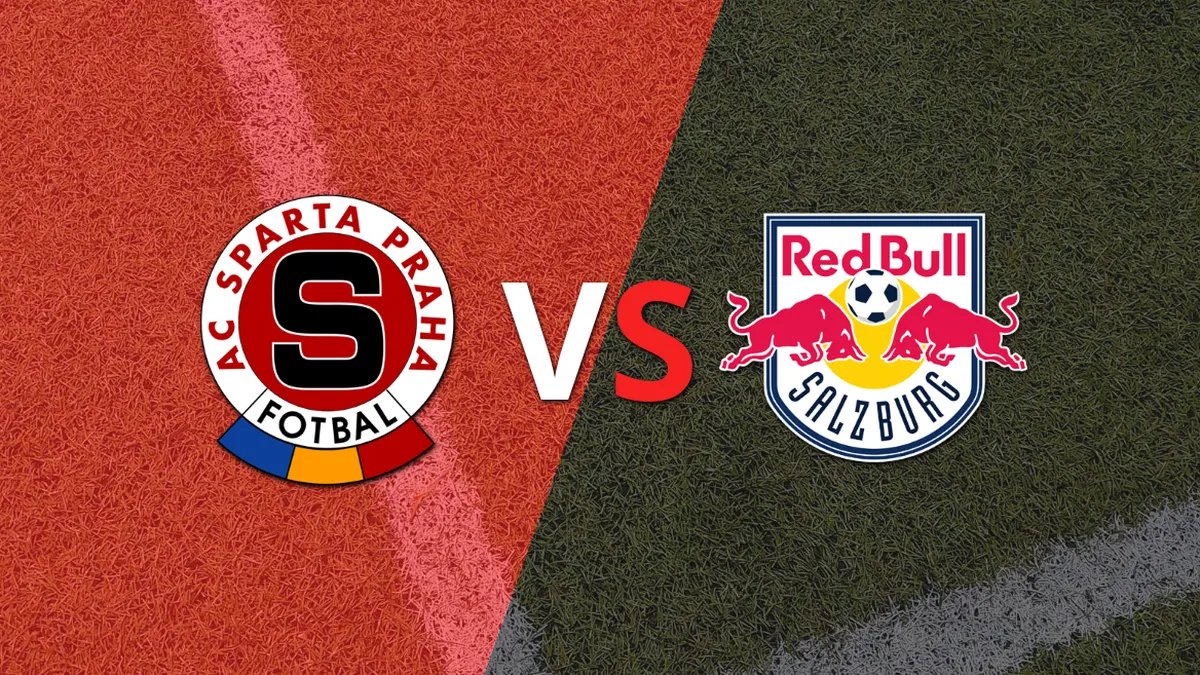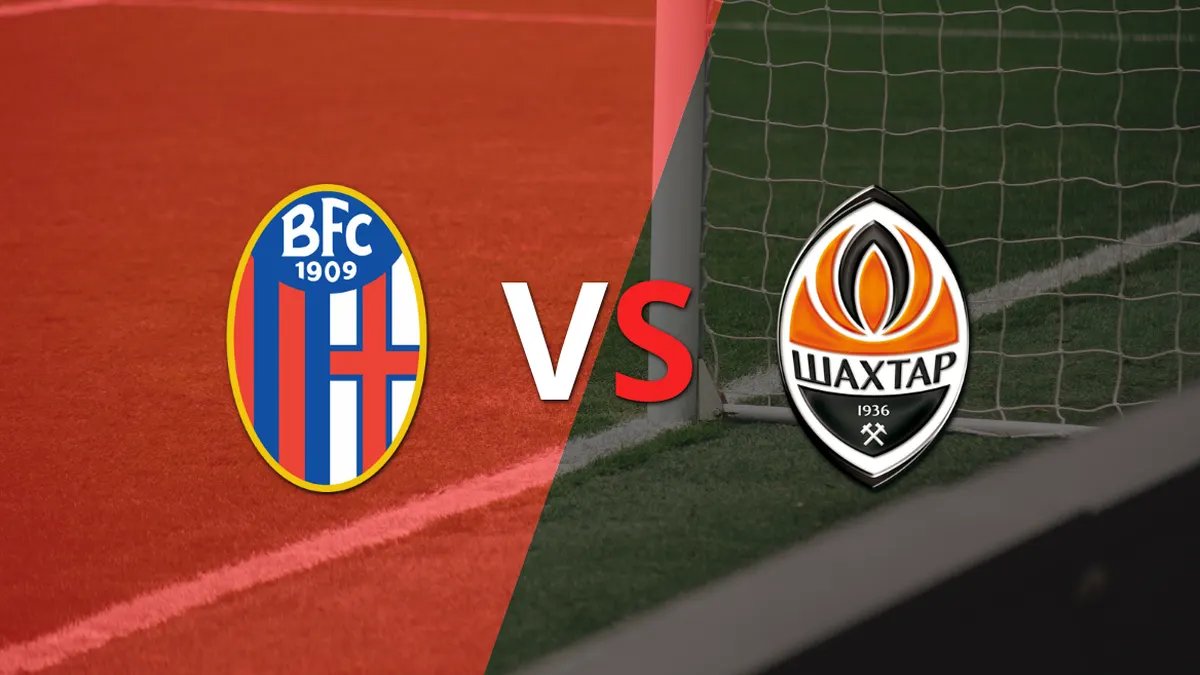Euro 2024: Comprehensive Guide to Europe's Premier Football Championship

Euro 2024: A Comprehensive Guide to Europe's Premier Football Championship
The UEFA European Championship, commonly known as the Euro, stands as one of the globe's most revered sporting events. Held every four years, this tournament draws together the elite national teams from across Europe, all vying for the prestigious Henri Delaunay Trophy. This year, the tournament kicks off on Friday, June 14, with an opening match between Germany and Scotland, promising a spectacle of top-tier football and thrilling entertainment for fans.
Since the 2016 edition in France, the tournament has expanded to include 24 teams divided into six groups of four. Each team plays three matches in the group stage, and the top two from each group, along with the four best third-placed teams, advance to the knockout stages. This phase features the round of 16, quarter-finals, semi-finals, and the final.
Venues Across Germany
The German Football Association has selected ten host cities for this iteration, with nine that previously hosted matches during the 2006 FIFA World Cup:
- Berlin, Olympic Stadium, capacity: 76,605 (final match)
- Cologne, Cologne Stadium, capacity: 45,000
- Dortmund, Westfalenstadion, capacity: 81,300
- Düsseldorf, Düsseldorf Arena, capacity: 54,400
- Frankfurt, Waldstadion, capacity: 48,000
- Hamburg, Volksparkstadion, capacity: 50,000
- Gelsenkirchen, Arena AufSchalke, capacity: 52,000
- Leipzig, Zentralstadion Leipzig, capacity: 43,000
- Stuttgart, Stuttgart Arena, capacity: 52,000
- Munich, Football Arena München, capacity: 75,024 (opening match)
Cultural Touchpoints: Mascot and Match Ball
Like the FIFA World Cup and Copa América, each Euro tournament features a unique mascot. This year, the mascot is "Albärt," a teddy bear dressed in traditional trousers, symbolizing the festive spirit of the host nation.
The official match ball, named "Fussballliebe" or "Love for Football," features a dynamic design with black wing shapes and colorful edges, embodying the passion and vibrancy of the competing nations.
Historical Context and Notable Achievements
The Euro has been a stage for some of the world's most formidable national teams. Germany and Spain are tied as the tournament's most successful teams, each with three titles. They are followed by France and Italy, with two titles each. Other past winners include Russia, Portugal, Greece, Denmark, Czech Republic, and the Netherlands.
Throughout its history, the tournament has also spotlighted legendary players such as Cristiano Ronaldo—the all-time leading scorer with 14 goals—along with icons like Michel Platini, Zinedine Zidane, and Andrés Iniesta, whose performances have left an indelible mark on the competition.
The inaugural Euro was held in 1960 in France, conceived by Henri Delaunay, the then-secretary-general of UEFA, after whom the trophy is named. The first tournament featured only four teams: the Soviet Union, Yugoslavia, Czechoslovakia, and France, with the Soviet Union emerging as the first champions.
With its rich history and a format that encourages competitive parity, the UEFA European Championship remains a pinnacle of international football, eagerly anticipated by fans and players alike. As the 2024 edition approaches, the excitement builds to see which team will rise to claim Europe's most coveted football crown.




